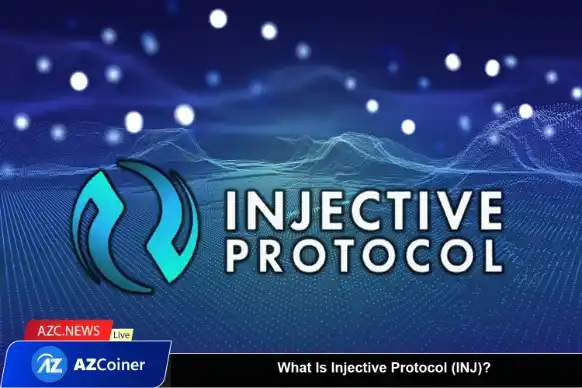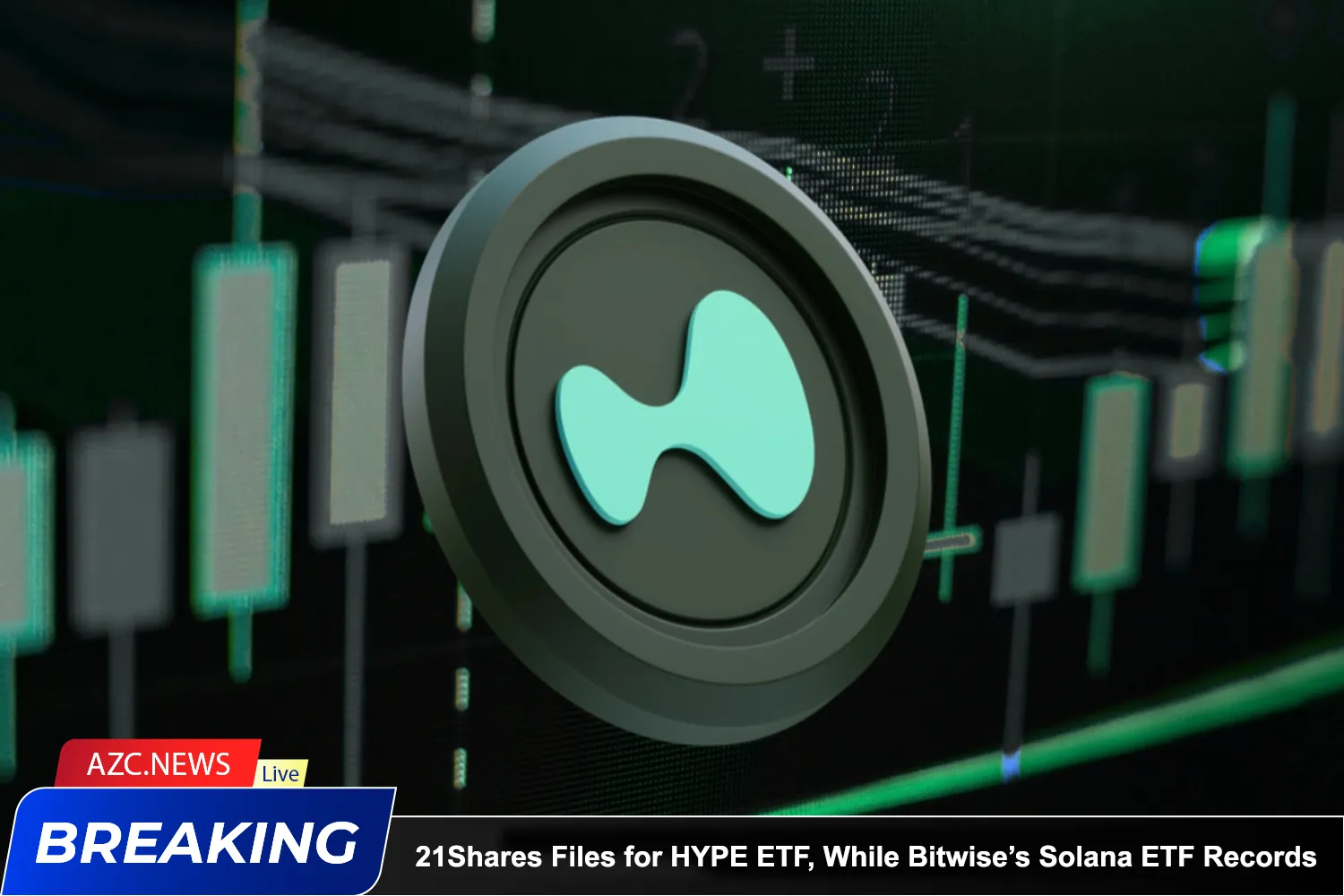What is Injective Protocol (INJ)?
Injective Protocol is an infrastructure framework built to support decentralized finance (DeFi) applications. With open source code and high interactivity, this project aims to enhance multi-chain trading capabilities with derivative financial products such as Perpetual Swap, Futures and Spot trading. This platform is built on the basis of Ethereum and Cosmos blockchain, with the goal of minimizing gas costs.
Injective aims to create a truly free and decentralized financial system. With the goal of achieving the fastest blockchain speed in decentralized finance, and the ability to easily deploy Web3 modules, Injective’s ecosystem is changing the way the financial system works. today by creating decentralized applications that are highly interoperable, scalable, and truly decentralized.
https://injective.com/
Injective Protocol highlights
-
Layer 2 decentralized derivatives trading solution: Injective supports fast transactions with low gas fees.
-
Wide range of markets supported: The platform offers many trading opportunities that are not currently available on other exchanges.
-
Liquidity mining mechanism: The Injective community can participate in providing liquidity through the liquidity mining process, a form of creating supply directly on the network platform.
Main products of the Injective project
In the ecosystem of the Injective project, there are 6 main products integrated in the Injective Hub: Wallet, Bridge, Staking, Governance, Insurance Fund, and Auction.
Main interface of Injective
Wallets
Injective Wallet allows users to manage assets on Injective Protocol. In addition, this wallet supports the “memo” feature so users can check the content in “memo” when making transactions, ensuring security and safety.
Bridge
As a DeFi infrastructure, Injective’s main advantage is the ability to perform cross-chain transactions with famous blockchains on the market.
Staking
Injective uses a Proof of Stake operating model to validate transactions. Therefore, the project allows users to stake tokens to profit from participating in the validation process in the network.
Governance
Users can submit suggestions to modify the Injective program, upgrade the technology, or make any other changes related to Injective that affect the entire ecosystem.
At Injective Hub, new proposals are submitted through the admin portal and voted on by the community.
Insurance Fund
Every user has the ability to create a personal insurance fund when participating in the financial derivatives market and can also become an underwriter by contributing to that fund. Based on the ownership ratio, sponsors can receive a profit amount corresponding to their contribution.
Auction
60% of the transaction fees will be collected by Injective (the remaining 40% will go to exchange applications built on Injective). Each week, an auction is held, allowing the community to use INJ to place bids on assets collected from the week’s trading fees. After the auction ends, the winner will receive the full asset value and the amount of INJ tokens participating in the auction will be burned. This creates downward pressure on INJ token supply.
Product structure of Injective Protocol (INJ)
Injective Protocol includes 4 main components: Injective Chain, Smart Contract, API Node and user interface.
Injective Chain
Decentralized sidechain with functions as a Layer 2 derivatives trading platform. This also includes order books, Trading Coordination System (TEC) and EVM virtual machine environment.
Injective’s smart contract on Ethereum
Injective’s smart contracts include staking contracts, derivatives transaction processing systems, Injective futures contracts, Injective bridges and Injective token contracts.
Node Injective API
This part is divided into two smaller areas: the transaction processing system and the data layer.
Injective user interface
-
System Administration: INJ token holders have the ability to participate in defining changes on the Injective sidechain, including the derivatives trading system, trading parameters, and communication protocol upgrades. through the DAO structure.
-
Pay transaction fees: These fees will be bought back to perform the burn, to protect the value of the token in the long term.
-
Derivatives Backed Token: This token can be used as an alternative to stablecoins. In addition, this asset is also used as a guarantee for derivative transactions.
-
Encourage participation in the network: The system will deploy a liquidity mining mechanism and INJ will be the central element to promote active participation from the community.
Basic information about INJ tokens
Technical specifications of INJ token
-
Token Name: Injective
-
Ticker: INJ
-
Blockchain: Ethereum, BNB Chain, Injective
-
Token Standard: ERC-20, BEP20
-
Contract:
-
Ethereum: 0xe28b3b32b6c345a34ff64674606124dd5aceca30
-
BNB Chain: 0xa2b726b1145a4773f68593cf171187d8ebe4d495
-
-
Token type: Utility, Governance
-
Total Supply: 100,000,000 INJ
-
Circulating Supply: 83,755,556 INJ
Token Use Case
INJ token is a governance token and utility token of the Injective Protocol project. The main uses include 3 functions: staking, token burning, and project administration.
On August 16, 2023, Injective updated the new token burning mechanism as follows: Projects and protocols on Injective can choose to participate by contributing part or all of the fees or profits they collect from activities on the platform. These contributions are then organized into an INJ token burn auction. The amount of INJ tokens burned during this session will be proportional to the value of the contributions sent.
INJ Token Allocation
-
Ecosystem Development: 36.3%
-
Team: 20%
-
Private Round: 16.7%
-
Development: 10%
-
Public Round: 9%
-
Seed Round: 6%
-
Advisors: 2%
INJ Token Vesting Schedule
Team
Injective Protocol’s team has many people who have worked at large companies like Amazon, including Eric Chen, Albert Chon,…
Investors
Talking about Injective Protocol’s investors, there are two extremely prominent names: Binance, Pantera, Mark Cuban and Jump.
Investors
INJ project development roadmap
Q1/2022
-
Injective Bridge V2
-
CosmosWasm smart contract layer launched on testnet
Q2/2022
-
Binance connects with Injective
Q3/2022
-
Injective raises funding round from Jump and Brevan Howard
-
Launch of CosmWasm smart contract layer
-
Binary options primitive
-
Interchain accounts
Q4/2022
-
Wormhole Bridge connects to Injective
-
Developed Fiat portal for Injective
Related: What is The Cosmos ATOM? Everything You Need to Know
Conclusion
Through the above information, we can see that Injective protocol is a potential Layer 1 project dedicated to DeFi when the features in the project and the pieces in the ecosystem have been fully developed to attract users. .
Through this article, you probably have some basic information about the Injective project to make your own investment decision.







